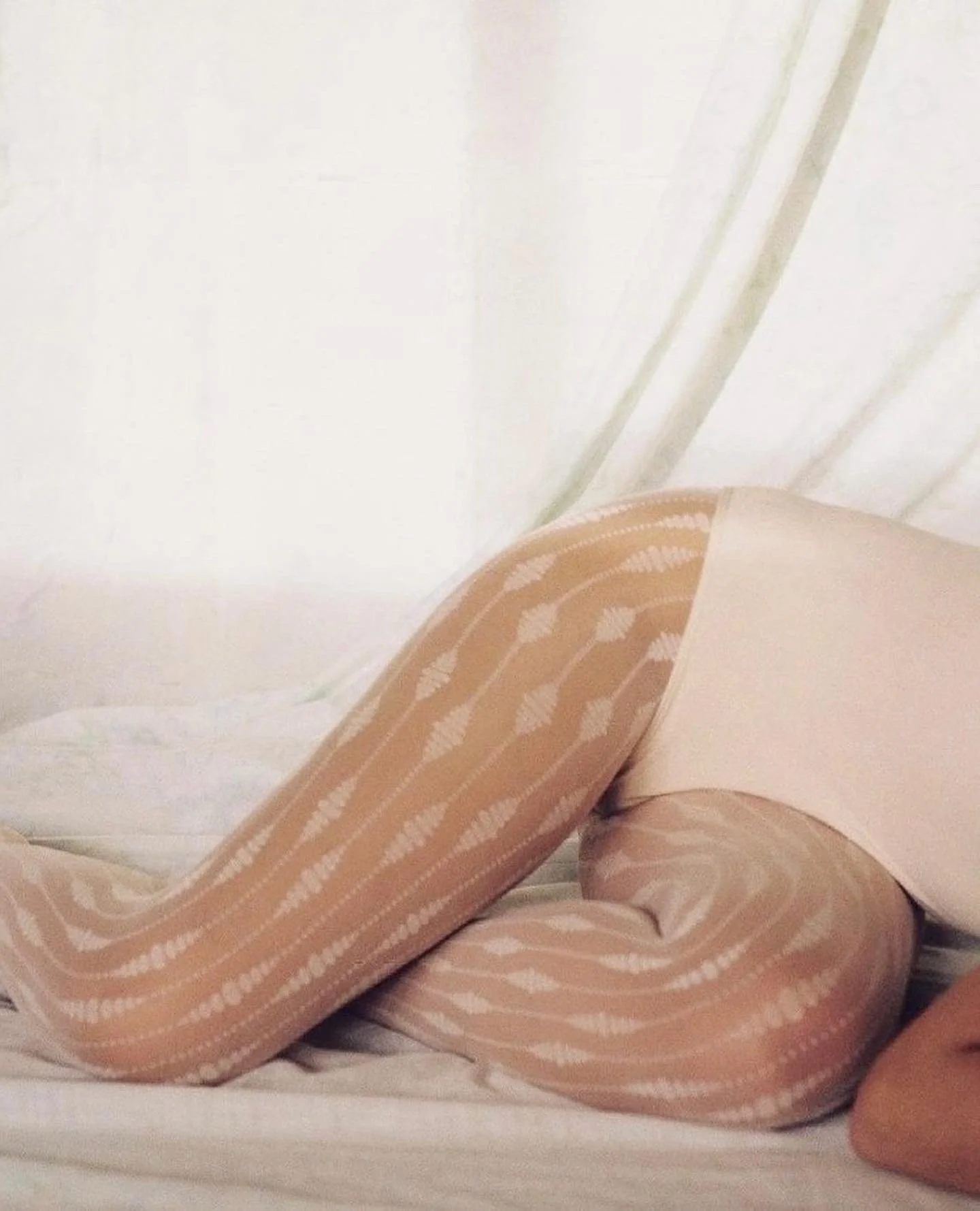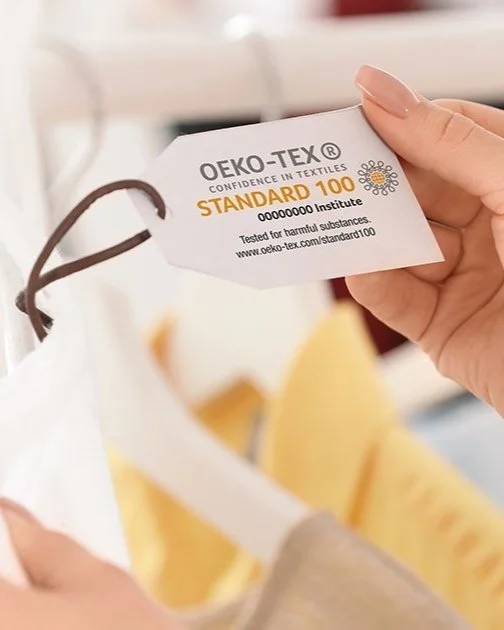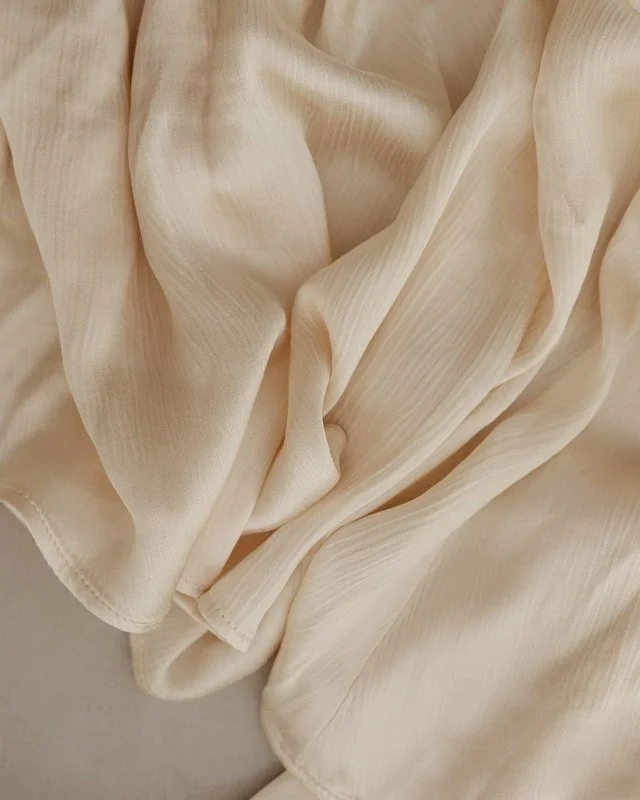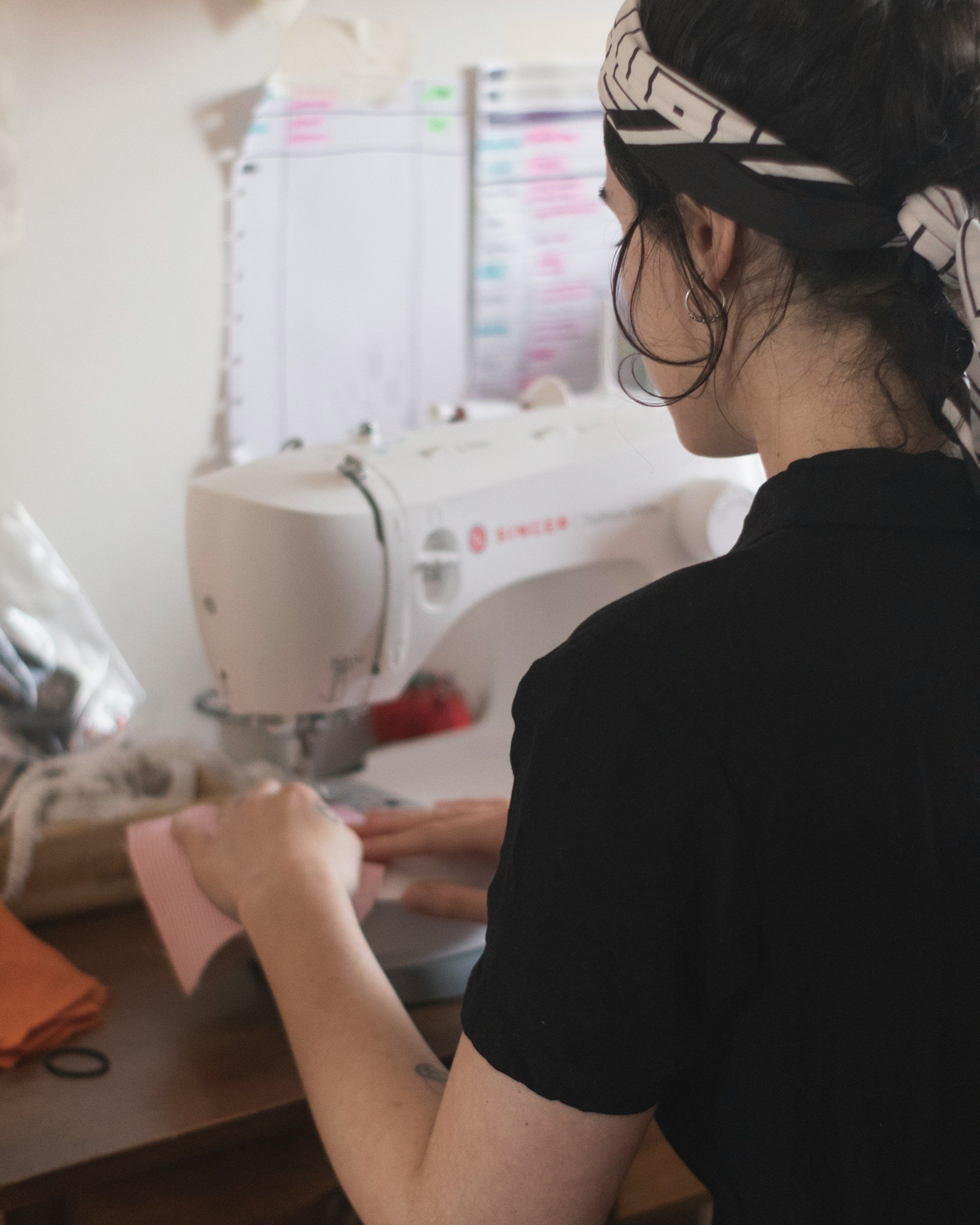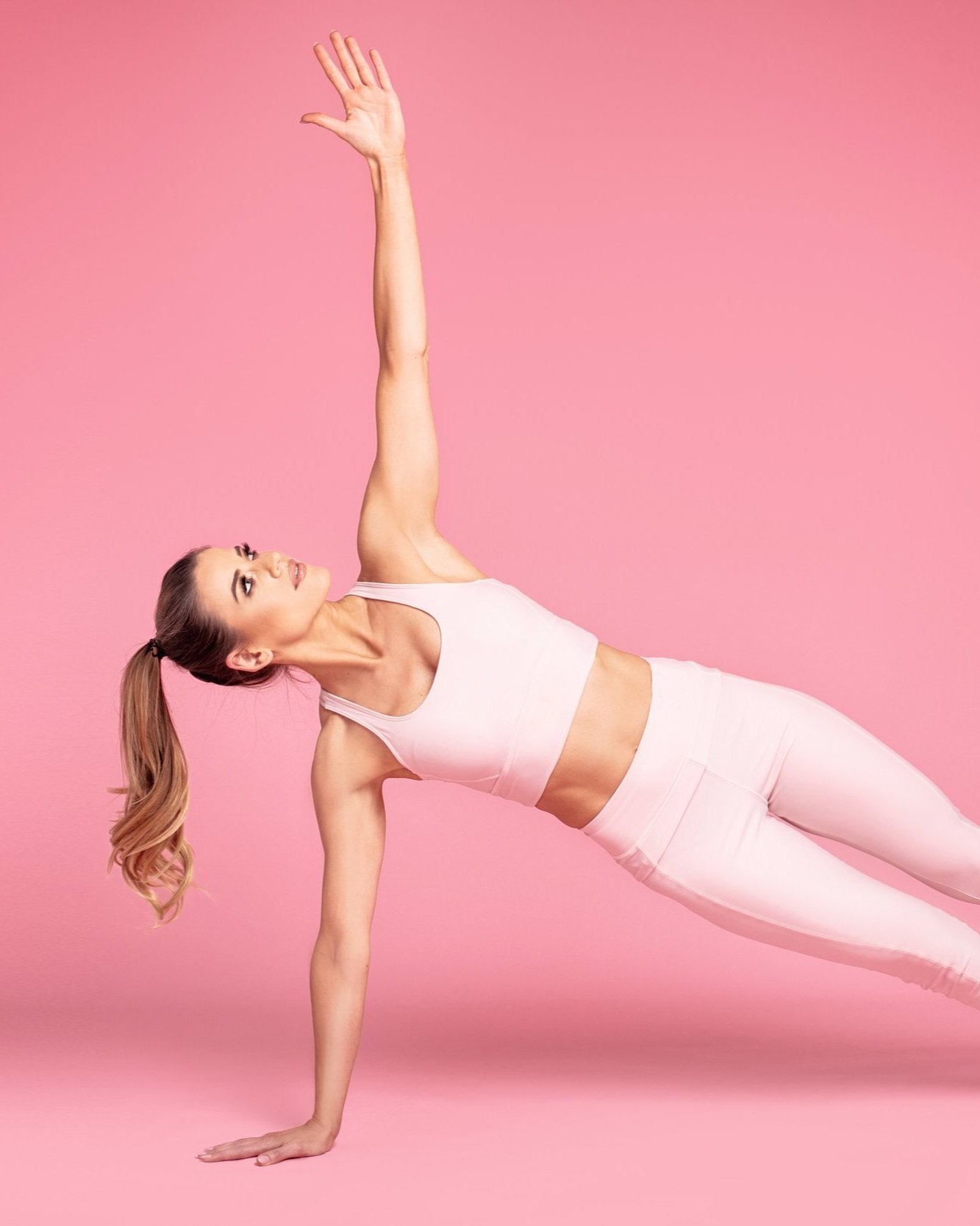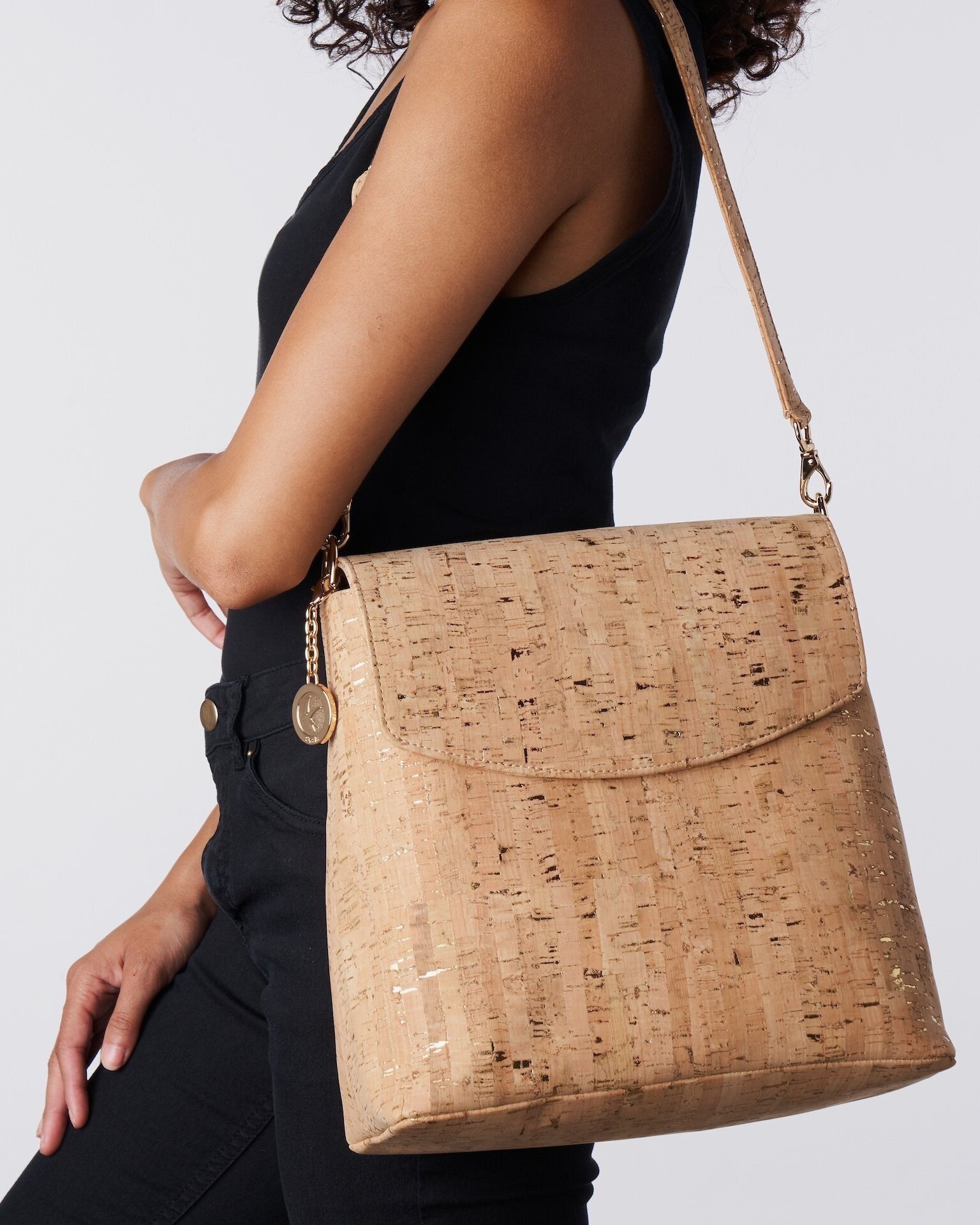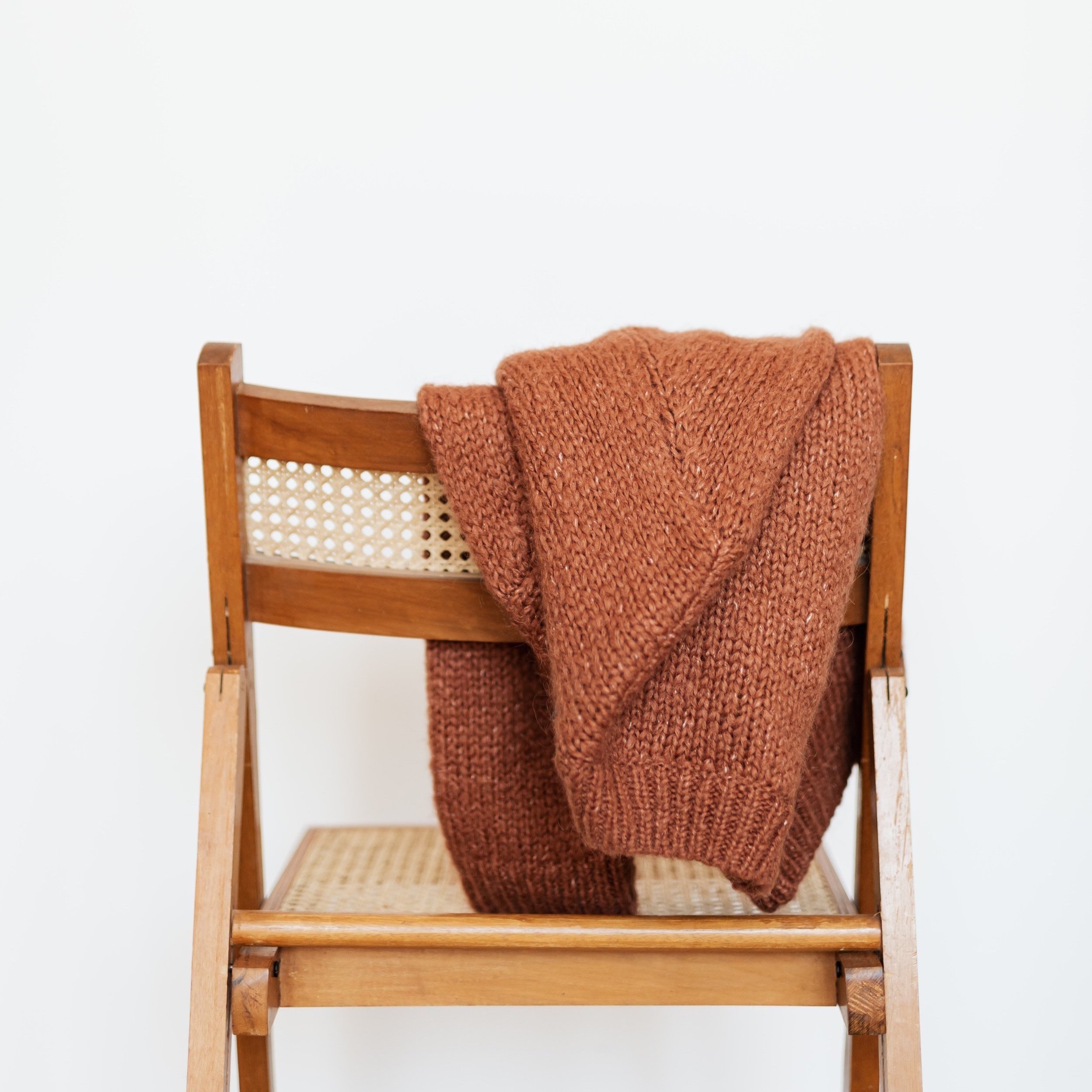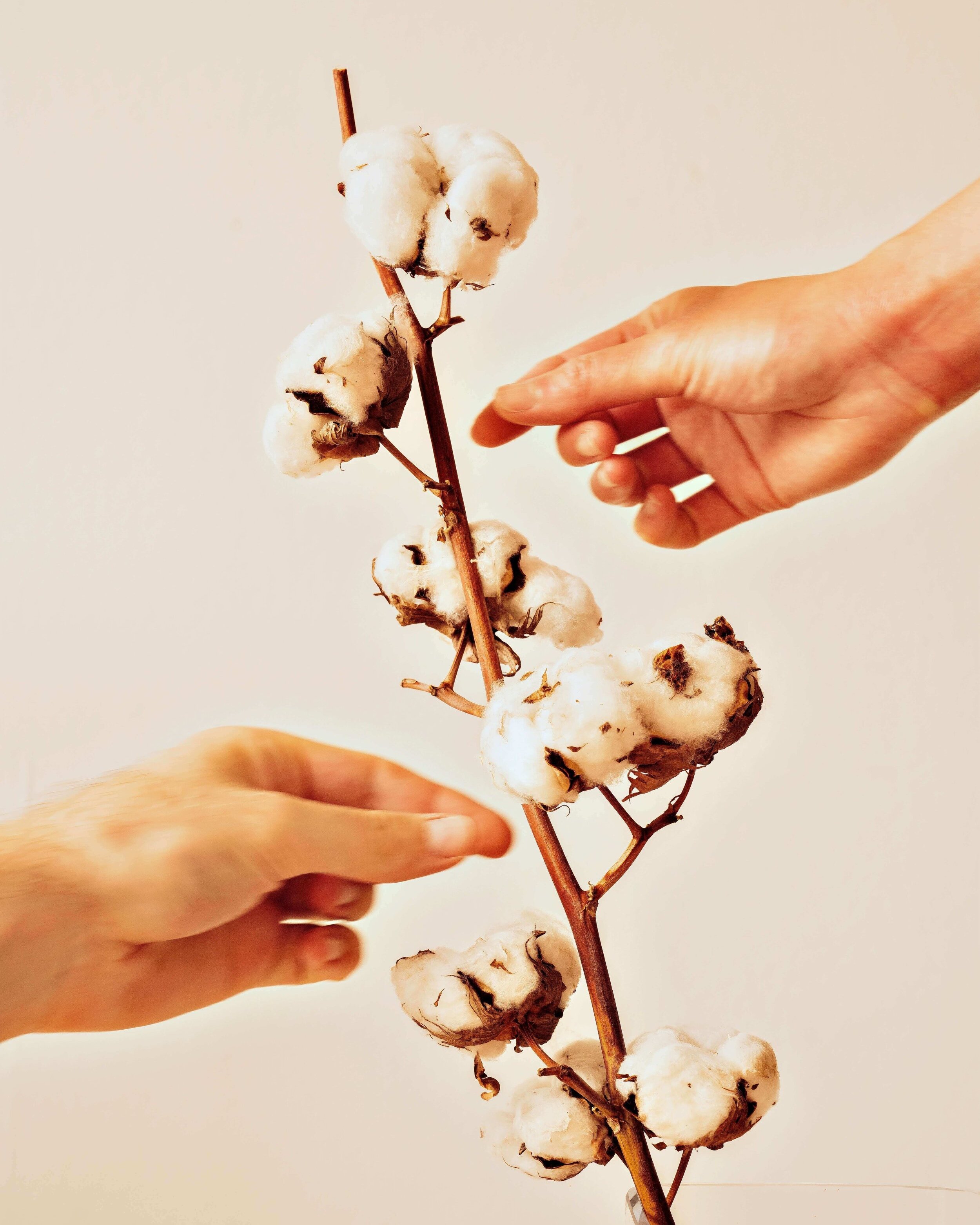What is Fleece? (& its Sustainable Alternatives)
A Guide to Fleece Fabric
As we become more aware of the impacts the fashion industry has on the environment, we are starting to understand the importance of making smarter choices when it comes to shopping for clothes. Whether it’s reducing the amount of clothes we buy or opting to avoid certain materials, there are plenty of ways we can make a difference to our own fashion footprint, as well as inspiring others around us.
First things first, what exactly is fleece? Well, it's that irresistibly soft, lightweight fabric that feels like a warm hug on a chilly day. You will often see jackets, sweatshirts and gilets made from fleece, but it can also be used as lining in outerwear. In this blog, we'll uncover the fascinating history behind this versatile material, tracing its roots from humble beginnings in outdoor gear, to its widespread use in today's fashion industry.
But it's not all sunshine and rainbows in the world of fleece. Despite its popularity, there's a dark side to this fabric. We are shining a light on the environmental impact of fleece production, exploring why it's considered unsustainable and what steps we can take to minimize our footprint.
But fear not! There are alternatives out there, and we'll be exploring those too. From eco-friendly fabrics to innovative alternatives, we'll help you discover new ways to stay warm and cozy without harming the planet.
A brief history of fleece
Fleece, as we know it today, traces its origins back to the late 1970s when Malden Mills, a textile company in Massachusetts, developed the first synthetic fleece fabric called Polartec. Originally designed as a lightweight and insulating material for outdoor apparel, Polartec fleece quickly became popular for its warmth, softness, and moisture-wicking properties. It aims to mimic the natural ‘fleece’ coat on a sheep, keeping the cold and rain away from the body.
Initially, fleece was primarily used in performance gear for outdoor activities like hiking, skiing, and camping. However, its comfort and practicality soon caught the eye of the fashion industry. By the 1980s, fleece had made its way into mainstream fashion, becoming a staple in casual wear and sportswear alike.
The 1990s saw a surge in fleece popularity, with brands like Patagonia and The North Face incorporating it into their collections. Fleece jackets, vests, and pullovers became must-have items, not only for their functionality but also for their fashion appeal. Today, fleece remains a beloved material in both outdoor and fashion circles, symbolizing comfort, versatility, and style.
The science behind the material
Fleece is a synthetic fabric typically made from a type of polyester called polyethylene terephthalate (PET) or other synthetic fibers. The manufacturing process begins with the melting of polyester pellets, which are then extruded through a ‘spinneret’ to create long, thin fibers.
These fibers are then stretched and cooled to form a continuous strand. Next, the strand is cut into shorter lengths and brushed to create a fluffy texture, mimicking the look and feel of natural fleece. This brushing process helps to trap air within the fibers, resulting in a material that is lightweight, insulating, and soft to the touch.
Chemicals are used during various stages of production to achieve desired properties such as moisture-wicking, flame resistance, or anti-static properties. Overall, the science behind fleece involves a combination of materials, machinery, and chemistry to create a versatile and comfortable fabric suitable for a wide range of clothing.
Why is fleece unsustainable? (and what sustainable alternatives are out there?)
Firstly, fleece is primarily made from polyester, a synthetic fiber derived from crude oil, a non-renewable resource. The extraction and processing of crude oil contribute to environmental degradation and greenhouse gas emissions.
The production of fleece often involves the use of chemicals such as dyes, finishes, and flame retardants, which can be harmful to both the environment and human health. These chemicals may leach into waterways during manufacturing or release hazardous pollutants when disposed of improperly.
Additionally, one of the most pressing concerns is the shedding of microplastics during washing. When fleece garments are laundered, tiny plastic fibers break off and enter wastewater, ending up in rivers, oceans, and, eventually, our drinking water. Again, these microplastics not only harm marine life but also pose potential risks to human health as they accumulate in the food chain.
In essence, the production and disposal of fleece contributes to pollution, resource depletion, and ecosystem degradation, highlighting the urgent need for more sustainable alternatives to this comfy fabric.
If you’re looking for fleece-style clothing but keen to avoid the ones that damage the environment, there are more sustainable alternatives out there. Here are a few options to choose from:
Recycled-fleece (remember that even though the fibers are made from recycled plastic, they will still release microplastics in the wash so don’t wash until you need to and use a Guppyfriend or similar to catch the microfibres)
Recycled-wool fleece
Organic hemp
Organic or recycled cotton
Bamboo
Five brands using sustainable alternatives to fleece
Patagonia
Known for its commitment to environmental sustainability, Patagonia is the go-to brand for adventurers and eco-conscious consumers alike and sells a wide range of outdoor apparel, including jackets, fleeces, and activewear. They have a wide range of fleece jackets and vests made from recycled fleece and also use a low-impact dye process that reduces the use of dyestuffs, energy and water compared to conventional heather dyeing methods.
Mate the Label
Mate the Label specializes in timeless, comfortable basics made from organic and sustainable materials like organic cotton and hemp. Known for its laid-back California vibe and minimalist aesthetic, Mate the Label offers wardrobe staples that are as stylish as they are eco-friendly. In their collection of fleece zip hoodies, sweatshirts, sweatpants and shorts, they use an organic cotton fleece that is insanely soft and cozy. Plus they are made without any harmful chemicals, such as pesticides, BPA, PFAS, and formaldehyde.
tentree
Tentree specializes in sustainable fashion, offering a variety of clothing from cozy sweaters to stylish activewear. Their clothing is made from eco-friendly materials like organic cotton and recycled polyester and they are known for their commitment to planting ten trees for every item sold. In their collection of fleece jackets, jumpers and hoodies, Tentree uses REPREVE® recycled polyester and also TreeFleece, made with a combination of organic cotton, recycled polyester and Tencel Lyocell.
Pangaia
Pangaia focuses on innovative, planet-friendly fashion solutions, offering a range of clothing made from materials like seaweed fiber and recycled plastics. Known for its vibrant colors and minimalist designs, Pangaia is a favorite among fashion-forward individuals who care about sustainability. Their select range of fleece jackets use a combination of recycled wool and Lyocell to create a soft and warm material that contains zero plastic.
Ecoalf
Ecoalf is a pioneer in sustainable fashion, creating stylish clothing and accessories from recycled materials such as plastic bottles and fishing nets. With a focus on urban streetwear and outdoor gear, B-Corp company Ecoalf combines fashion with a commitment to cleaning up the planet. As part of this commitment, Ecoalf have developed their Chicago polar fleece jacket (available in light gray or black) made with a recycled nylon that reduces microplastic release by 58.8% compared to a conventional polar fleece.
Caring for your clothes
If you already own fleece clothing there are a few ways you can look after your item and prolong its lifespan. Firstly, try to avoid washing the item unless you really have to. We’ve often been made to feel that it’s normal or even advised to wash our clothes after each use, but that’s only the case for underwear or dirty clothes that really need it. Items such as jackets, coats and trousers should only be washed when absolutely necessary. In between these washes, you can do things like hanging the item outdoors or near a window to freshen it up, or even lightly mist with an antibacterial clothing spray.
When you do wash your fleece item, if you can use a Guppyfriend or an installed microfibres filter in your washer, this can help to catch the microplastic fibers that are shed during the wash cycle. Wash at a cool temperature (ideally 30 degrees or less), opt for a gentle cycle, use a mild detergent and avoid softeners as these can actually strip the softness of your fleece over time. If you can line dry your fleece clothing that’s great, if not try to hang on a hanger inside or drying rack - avoid the tumble dryer at all costs!
Looking after your clothes in general is a great way to avoid wear and tear and help your items last as long as possible. Here are some other tips to keep your garments fresher for longer:
Read the care labels: Always check the care labels on your clothing for specific washing instructions. Different fabrics require different treatments.
Sort clothes before washing: Separate darks from lights and delicate fabrics from sturdier ones to prevent color bleeding and damage.
Wash in cold water: Using cold water helps preserve colors and prevents shrinkage, especially for delicate garments.
Use gentle detergents: Opt for mild, eco-friendly detergents to prevent harsh chemicals from damaging fabrics.
Turn clothes inside out: This protects the outer surface of clothes from friction and fading during washing.
Air dry when possible: Hang clothes to air dry instead of using the dryer, which can cause shrinkage and damage fibers.
Store clothes properly: Fold knitwear and delicate items instead of hanging them to maintain their shape. Use padded hangers for structured garments.
Avoid overwashing: Washing clothes too frequently can cause them to wear out faster. Spot clean when possible and air out clothes between wears.
Mend and repair: Fix small tears, loose buttons, and loose threads promptly to prevent further damage.
About the Author
Sarah King is a freelance writer with a focus on vegan fashion, sustainability and ethically made clothes. She campaigns for change in the fashion industry through her blog and on her Instagram page.
MAKE SURE TO PIN THE PHOTO BELOW TO SAVE THIS POST FOR LATER!
WANT TO FIND SUSTAINABLE BRANDS? VISIT OUR BRAND DIRECTORY!
Our Brand Directory is home to hundreds of sustainable brands, from makeup to cleaning supplies, from underwear to shoes. We have broken everything down by category for easy shopping, along with discount codes unique to Sustainably Chic viewers.






